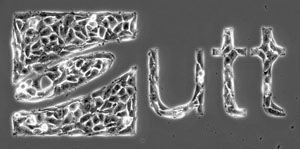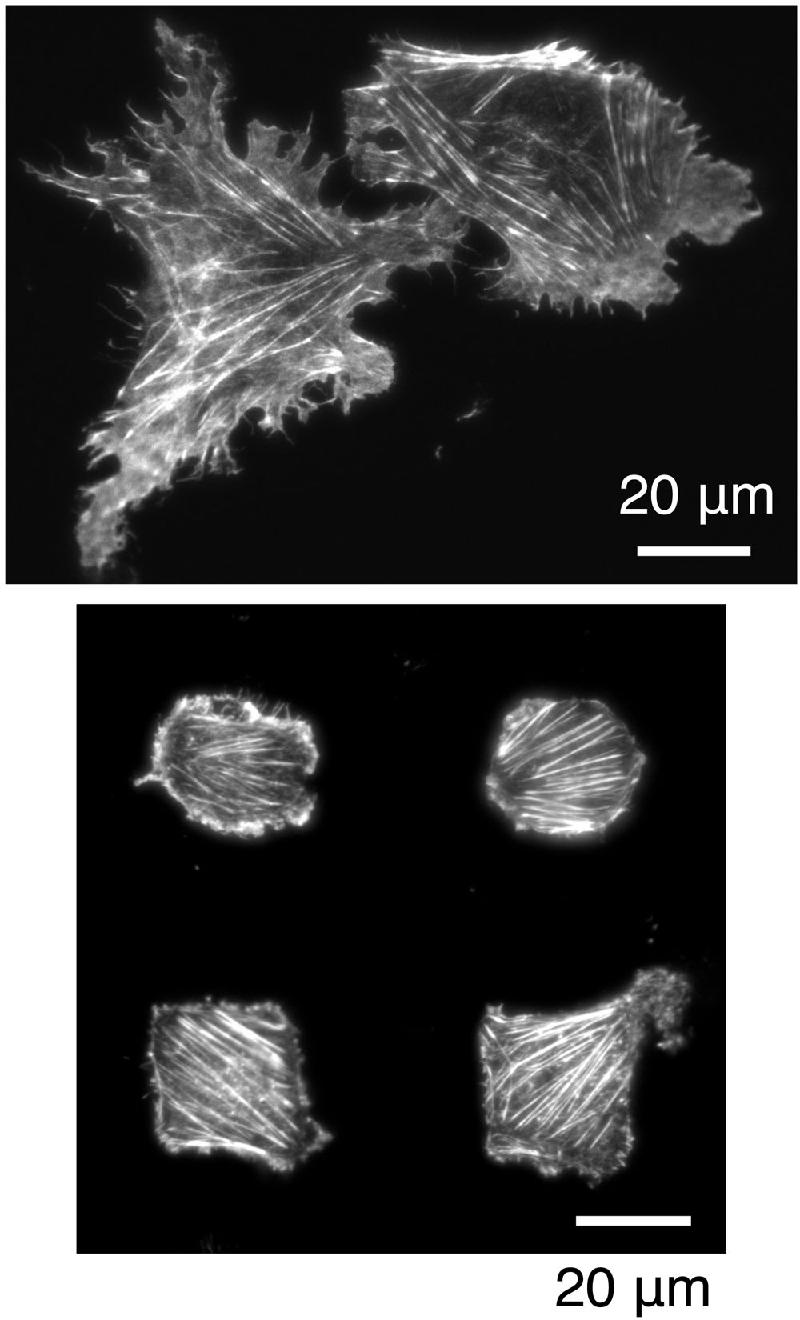In the same section
- Home
- Units
- Light, nanomaterials, nanotechnologies (L2n - CNRS-UMR 7076)
- Research topics
- Biophotonics and nanosensors
patterning


Micropatterned substrates can be used to control cellular adhesion and migration in 2D and thus mimic in vivo complex cell behaviors. We develop these substrates with PRIMO system from Alveole (www.alveolelab.com).
2D Micropatterns coated with extracellular matrix proteins (fibronectin, collagen) are becoming a popular way to influence the assembly and dynamics of cytoskeleton networks. An easy way to control the cytoskeleton architecture consists to manipulate the cell contour using a micropattern coated with fibronectin. Micropattern boundaries clearly influence the cell shape by limiting their spreading, and also the actin cytoskeleton architecture, thus allowing stress fibers alignment for instance.

TIRF actin filaments images of U87MG cells in adhesion on a fibronectin coated surface (top) and on square and circle patterns of fibronectin (bottom)
People
Research
NEF nanoscopy
vaTIRF nanoscopy
nanoFCS
RICM
Cell patterning
Publications
Collaborations
Research
NEF nanoscopy
vaTIRF nanoscopy
nanoFCS
RICM
Cell patterning
Publications
Collaborations
Date of update 20 May 2021


